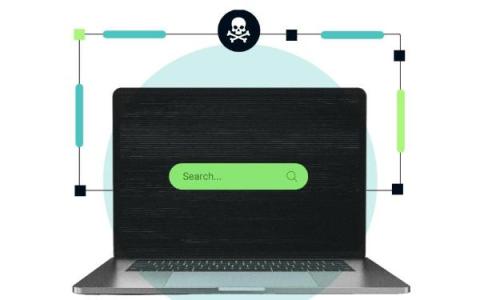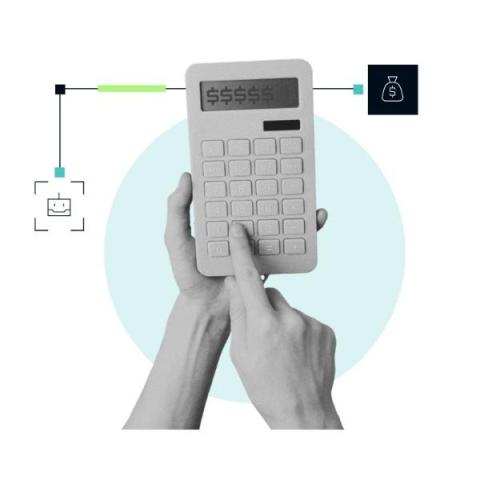SEO Poisoning Part 2: How Bots Fuel SEO Poisoning Attacks
In our last blog post, we unpacked what SEO poisoning is and how it diverts organic search traffic. We examined some prevalent rank theft techniques used in SEO poisoning attacks. In this follow-up, we will dive into how automation can be used to further SEO poisoning and ranking theft attacks. With bots, adversaries can execute coordinated ranking theft at a speed and scale not possible manually.




